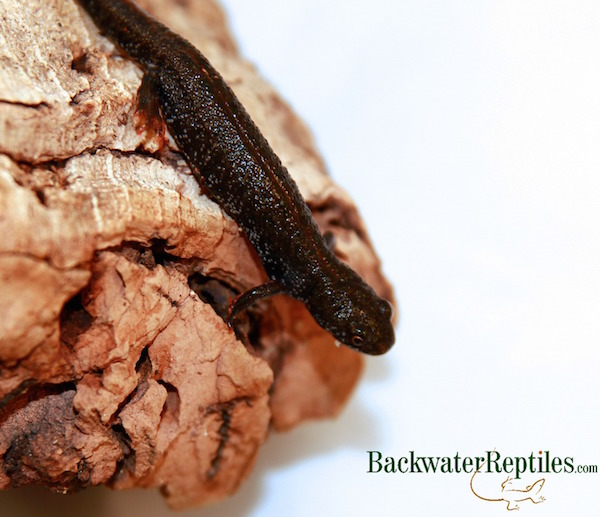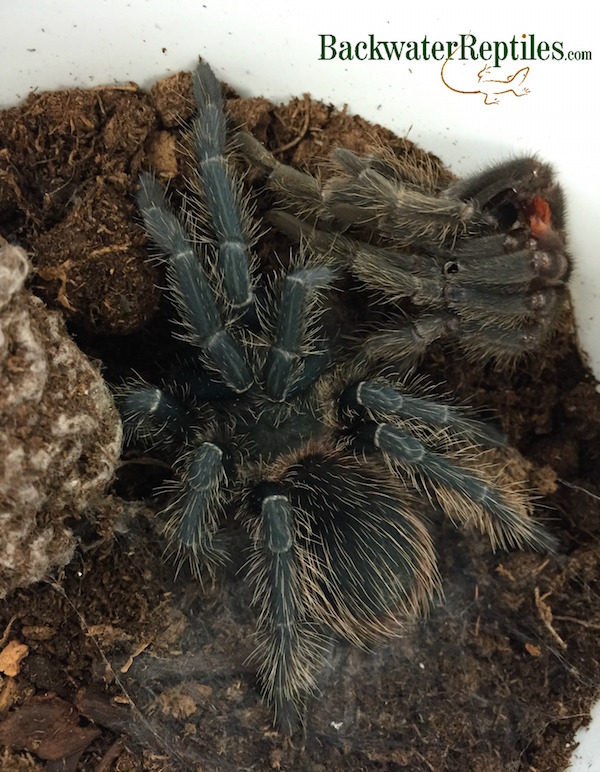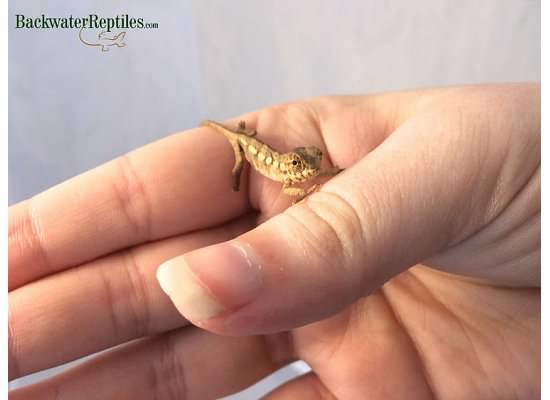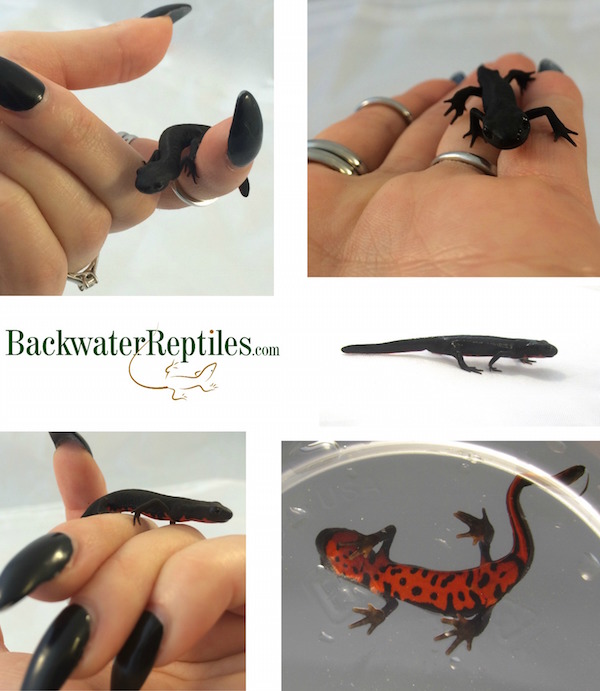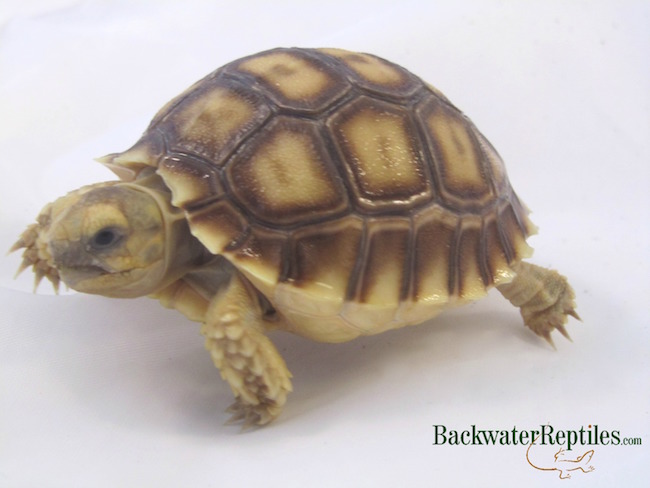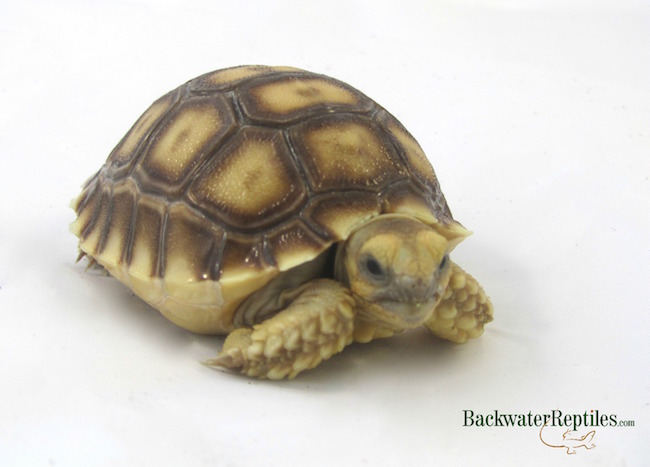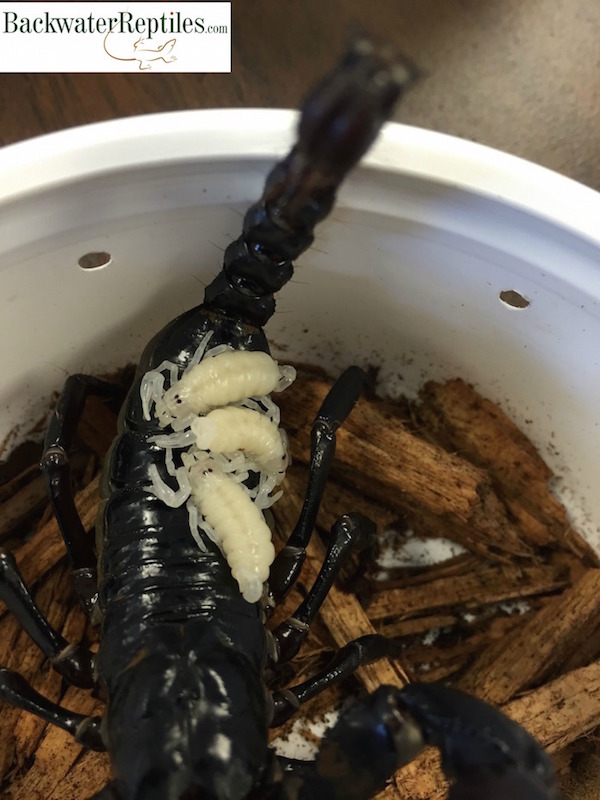Backwater Reptiles just received a shipment of Crested Newts (Triturus cristatus), also known as Northern Crested Newts, Great Crested Newts, or Warty Newts. These fun, hardy, little amphibians are most known for their spectacular appearance during mating season, but more on that later.
Backwater’s Crested Newts are mid-sized, averaging about three inches in length, but these newts can grow to be up to seven inches long. They are generally brownish-black in coloration with the exception of their undersides, which are vibrant yellow or orange-colored with dark blotches.
As mentioned earlier, Crested Newts are well-known because during the mating season, the males present with large, jagged crests along their backs and tails which assist in their mating rituals and distinguish them from the females. They are easy to breed simply by replicating the cues they would follow in nature, which for this species is a drop in temperature for a few weeks followed by an increase in temperature.

Crested Newt Range and Food
The Crested Newt is native to Britain and Europe and has protected status overseas which means limited to no wild-caught animals are available, but the captive bred newts in the U.S. have adapted well and thrive in captivity. They can be housed in either a fully aquatic or semi-aquatic enclosure and eat a wide range of foods such as earthworms, bloodworms, and even frozen reptile pellets.

If you’re interested in purchasing one of your own, or even a breeding pair, Backwater Reptiles has Crested Newts for sale.

